689 SHOWING YOUR GUNDOG
SHOWING OFF OUR GUNDOGS
by David Hancock
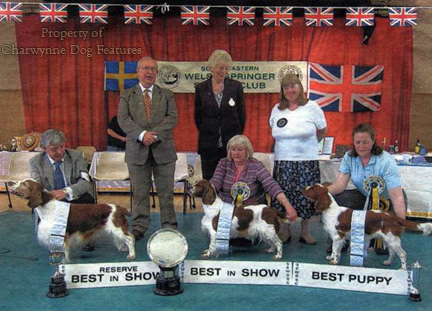
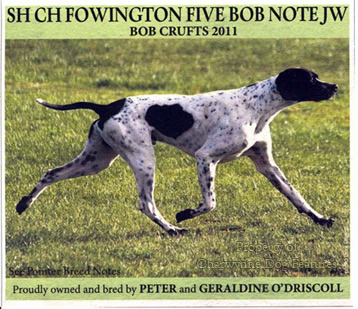
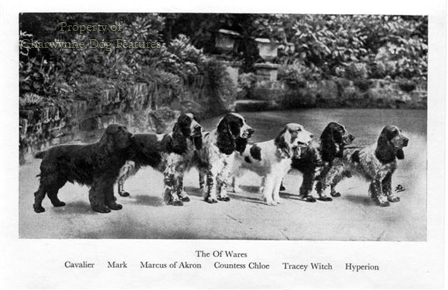
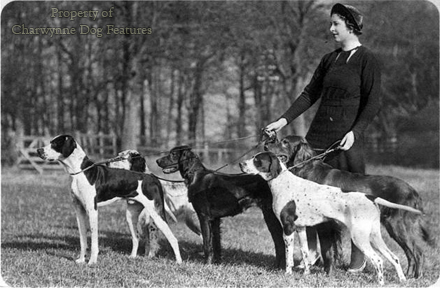
Crufts will soon be with us once again, no doubt once more claiming to exhibit 'the best of the very best'. The judges's critiques from recent shows hardly support that however. Here are some from the 2009 Crufts show on gundogs: GSPs – “…many of the exhibits had very short muzzles and broad skulls…I also noticed in many of the younger classes the appearance of long thin legs with no substance or width over the rump, very strange. If these faults are not corrected we are going to lose the appearance of the GSP and it will be unable to do the job it was bred to do.” Hungarian Vizslas – “Heads of correct type and proportions were hard to find, short muzzles, snipy and lacking underjaw, round eyes and harsh expressions sadly becoming the norm.” Irish Setters – “Movement continues to concern, mostly from behind and the lack of muscle-tone was staggering in this active breed.” Pointers – “The movement on the majority of these dogs and bitches was quite unbelievable, from crossing in front, upright in pasterns, upright in shoulders and it became very soul-destroying watching so many bad unsound movers…How some of these bitches qualified for Crufts I will never know.” If the Crufts entry represents the best gundogs in the pedigree dog world, bring back the dropper!
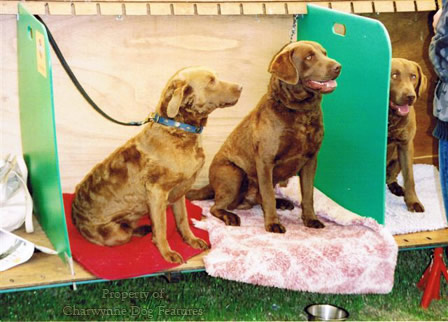
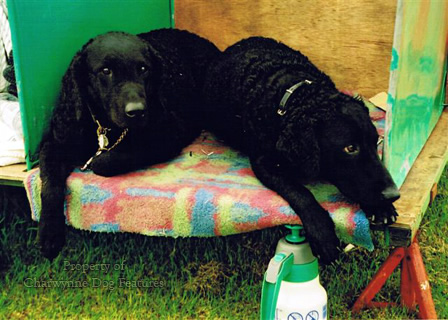
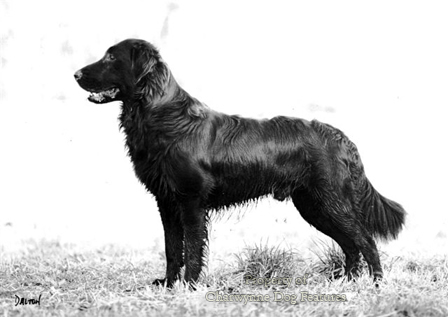
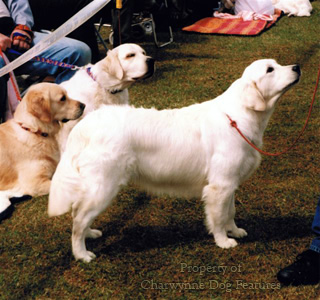
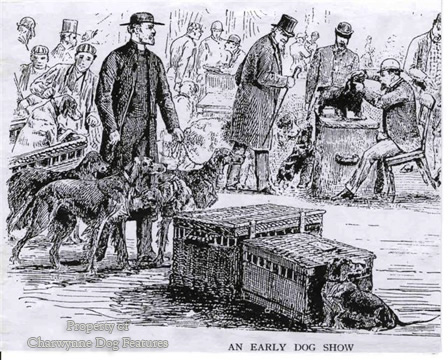
A regular comment from show ring judges in 2009 on the gundog entry has been the exhibiting of overweight dogs, especially Labradors. Obesity in any working dog is a sin and any sensible judge should send such a dog to the back of the class, however shiny the coat. Labradors have long been known to be "gross feeders", liable to put on flesh. Being overweight inhibits field performance and places needless extra demands on the heart of the dog. Extra demands are also made by the construction faults listed by the 2009 Crufts judges. Unsound movement, especially when rooted in incorrectly placed shoulders which limits endurance through the additional strain imposed on the forequarters. Setters can be racey but should never lack muscle-tone. Strength in the back and limbs is fundamental for stamina on a long day in the shooting field. Such basic faults are of course present too in working dogs but no sensible owner breeds from such stock. Winners at Crufts produce scores of offspring.
For the owner of even a show gundog not to keep his dog in good physical condition is a betrayal of the working origin of the breed. Crufts judges's reports in the recent past on Field and Clumber Spaniels respectively read: "...many were shown carrying too much weight" and "I felt many were in soft condition..." This source of criticism from show ring judges on gundog breeds is not restricted to Crufts; at the North West Labrador Club's Championship show of 1996, the judge reported: "There can't have been more than 20 bitches ( in a high entry) who were a suitable weight for a working breed." Obesity, however undesirable in a gundog breed, is easily rectified, faulty movement indicates faulty construction, which is much more worrying.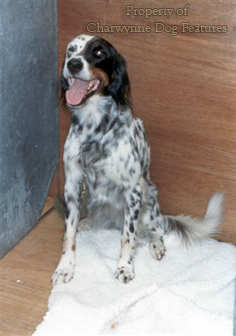
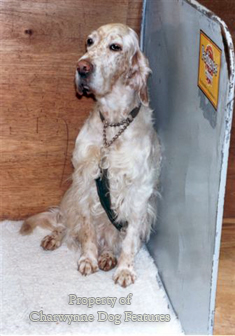
A Crufts-winning Pointer with a high-stepping, forward-reaching Hackney action, which I once witnessed, was in fact in breach of its own breed standard, as promulgated by the Kennel Club who run Crufts and appoint judges. This standard states very plainly..."Definitely not a hackney action...Any departure from the foregoing points should be considered a fault..." So here was a specimen of one of our most famous gundog breeds winning at our most prestigious dog show of the year with an easily-identified fault. What is the point of having a precisely-worded standard if a dog can win in spite of it? What kind of gundog judge is it that cannot see such a basic fault in a working dog?
Other judges of show ring gundogs are not slow to spot significant faults as these critiques from judges illustrate. North Riding Gundog Club's open show: "I was appalled at the unsound action, especially in Golden Retrievers and Labradors, many of which looked so nice standing but fell to pieces on the move." Other judges looking over Labradors at different shows wrote: "The diversity of type and the prevalence of coarse heads and poor tails gives cause for concern for the future"..."My main criticism is mouths. I found 5 from all the classes which were really bad"..."I would like to mention incorrect mouths. I have never come across so many variations before and some were quite severely wrong." A gundog's mouth is rather important! These remarks by judges were made about dogs which are bred to a carefully-written standard and change hands for hundreds of pounds.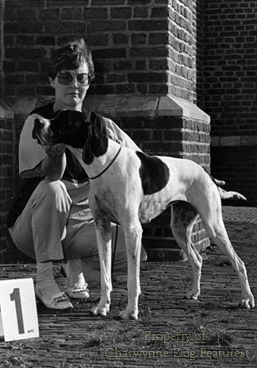
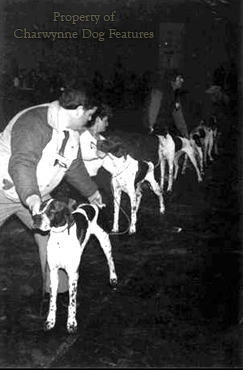
A recent show critique on the Irish Setter used these words: "Many had short necks or rather, the neck was the correct length, if only the shoulders and forequarters had been angulated correctly, ...a fault that is being accepted as the correct standard...I hope the two entropians are not bred from." Here are pedigree gundogs being bred with not only a fault in their basic construction but with faulty genes too! In-growing eyelashes or entropian is a distressing eye condition in any breed; yet dogs suffering from this inherited defect can be shown under Kennel Club rules and win prizes. What a situation! Gundog breeders knowingly perpetuating physically unsound dogs.
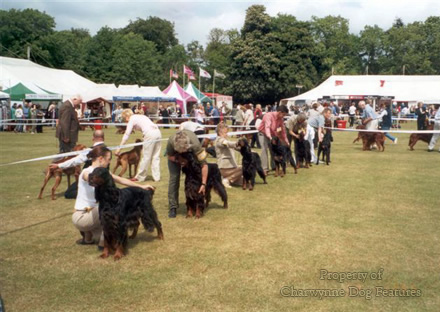
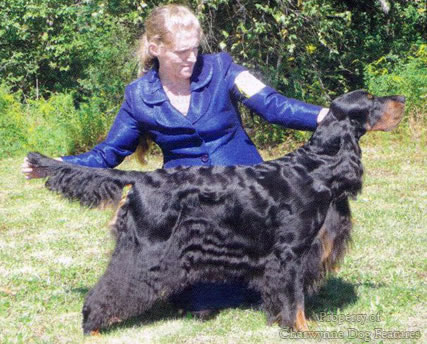
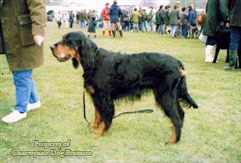
A well-known Labrador breeder, who prides herself on her dual-purpose dogs, once complained that the scheme to identify hip dysplasia in the breed was doing enormous damage to working Labradors. I would have thought that hip dysplasia was doing a certain amount of damage in the breed too! The desperately worrying situation over inherited diseases in dogs will only be changed through the fullest cooperation of all breeders. I would like to see the Kennel Club stipulate that all breeding stock must have their hips scored if their offspring are to be registered. What really is the point of spending two years training a dog to a good field standard only to find it disabled by a congenital disease?
It is depressing however for any admirer of dogs that can work to read a prominent KC member declare a few years back that people don't want their terriers to go to ground, their Border Collies to herd sheep or their gundogs to retrieve game, they just want pets. What a betrayal of trust, an admission of defeat! A breed which is not physically able to carry out its original task has no right to bear the name of that breed. It is not a question of whether it has to but whether it is able to undertake its historic role, indeed, whether it is truly a member of that historic breed at all. Do we really want retrievers with no capability for retrieving?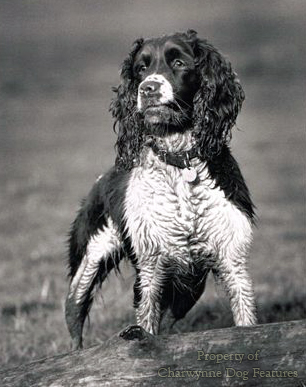
Of course, there are some excellent gundogs at Crufts and there are excellent breeders of dual-purpose gundogs too. What we need to do is reject from the show ring, not even allow them to be exhibited, dogs with the kind of structural flaws highlighted by the top show ring judges themselves. It’s not good enough for them just to go cardless; they should thrown out of the ring, before the judging even starts. A dog show is a livestock show or it is nothing. Dogs which qualify for Crufts with blatant faults represent a severe judgement on the show ring judges who provided them with qualification. In the wake of that admirable TV programme Pedigree Dogs Exposed, quite remarkable changes are being made in the show dog world. After the sad and predictable attempts to ‘shoot the messenger’ rather than heed the message, immediately after that hard-hitting programme, the Kennel Club has grasped the nettle over such serious matters as excessive exaggeration in many breeds and I give them credit for that. 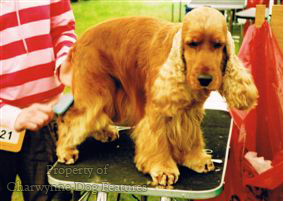
Commendably, the Kennel Club is at last striving to perpetuate a working anatomy on its entry; they ask for fitness for function, they ask for gundog judges to attend field trials. Over the last century the KC has not done all it could to perpetuate the working capabilities of the revered breeds of pedigree dog entrusted to its custodianship. Gundogs were developed over many centuries by dedicated master-breeders to perform to a high standard in the field; to be worthy of the responsibility now entrusted to our generation, we simply have to perpetuate these breeds in their time-honoured mould. Many superb working dogs make excellent pets. All dogs kept as pets are spiritually happier if their instinctive behaviour is exercised.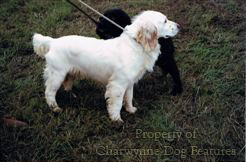
The KC studbook should never merely be a register of births but a record of sound stock. How else can dog owners wishing to own pure-bred animals be given a service for their registration fee? A livestock studbook has to be much more than a breeding record; domestic animals are not free to choose their mates. We cannot elect to do that for them unless we act responsibly. 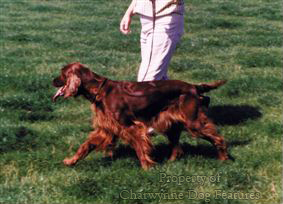
It is not acceptable for pedigree gundogs to win in the show-ring and yet be carriers of inherited diseases. This situation has been tolerated for far too long and must now cease. It is also highly undesirable for dogs with glaring faults to be placed by judges lacking knowledge of functional animals. Gundogs in the conformation show-ring, where working qualities cannot be tested, really must move correctly and movement itself must be placed higher than any other judging point. Over the next few years, it will be illuminating to study the critiques of the gundog judges at Crufts and see what real progress is being achieved at the top of the pedigree dog world. I am more hopeful now than for several decades. Our gundog breeds deserve the very best custodianship.
